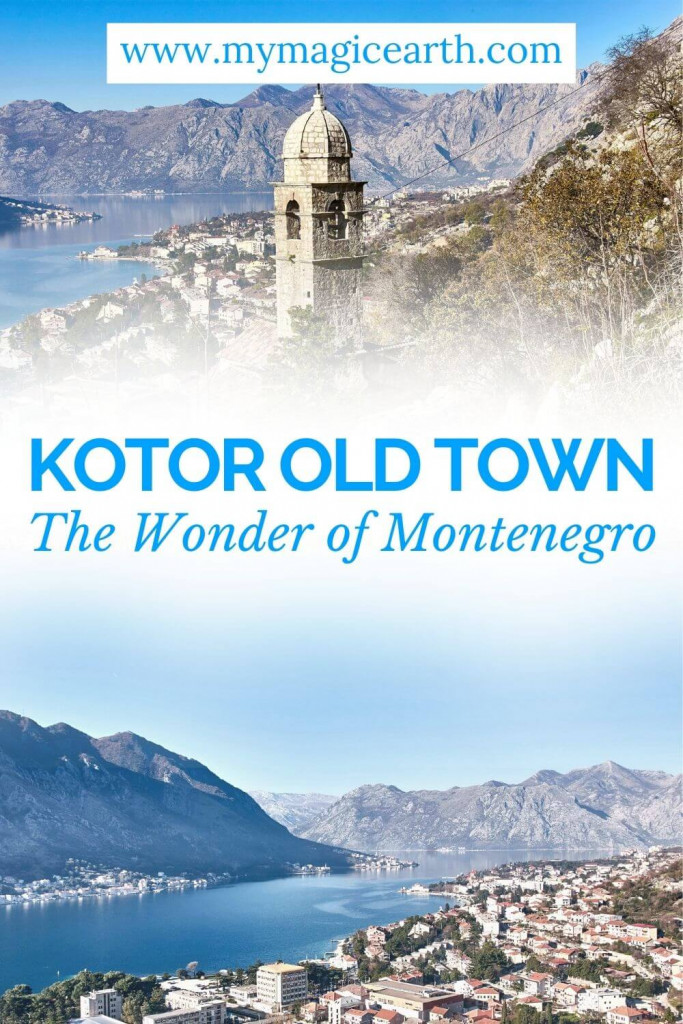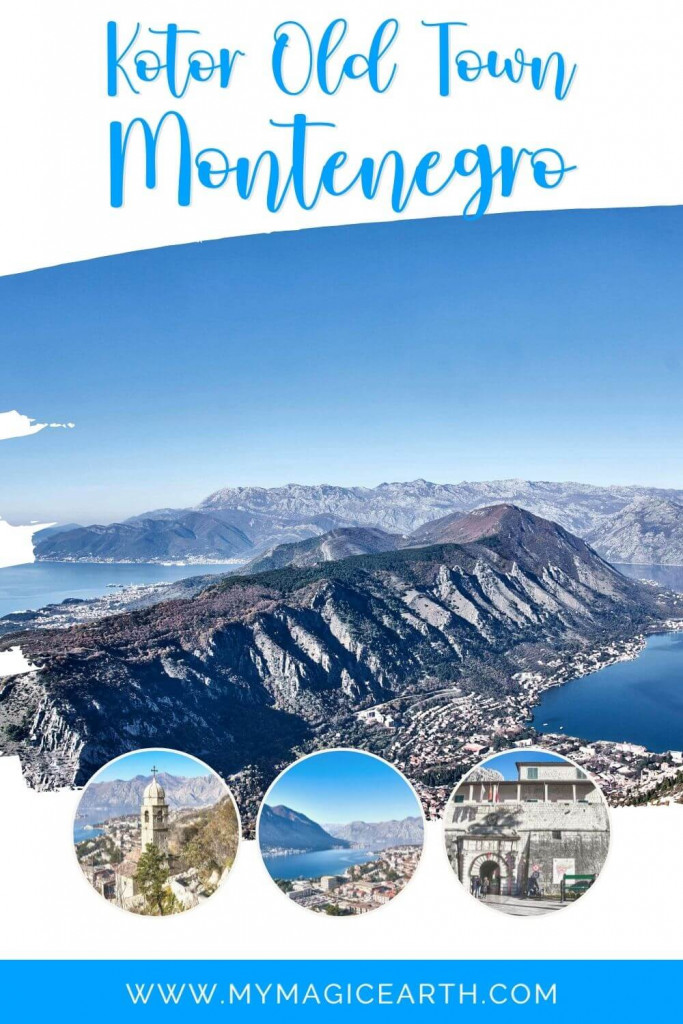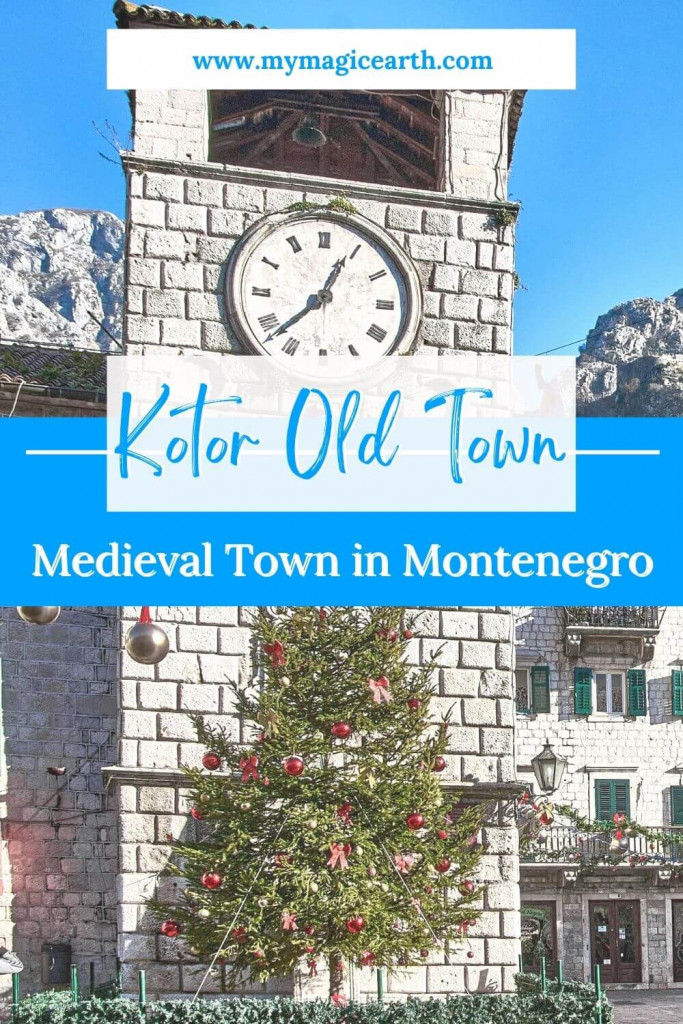Kotor in Montenegro is one of the best-preserved medieval towns along the Adriatic coast. The Old Walls, skillfully built into the steep slopes of St. John’s Hill, are true fortification masterpieces. Thanks to its well-preserved architecture and seamless blend with the natural landscape, Kotor has been a UNESCO World Heritage Site since 1979.
Situated on one of the world’s most beautiful bays, Kotor is a popular cruise destination, drawing many tourists from nearby Dubrovnik, Croatia. Cruise passengers can easily take a day trip to Kotor by joining a tour.
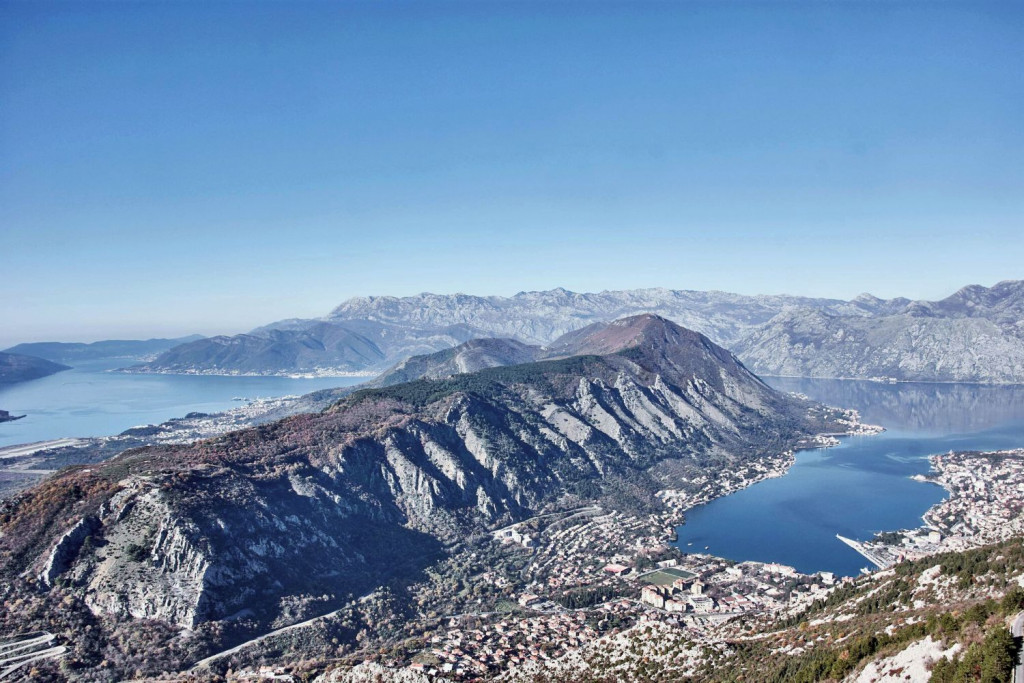
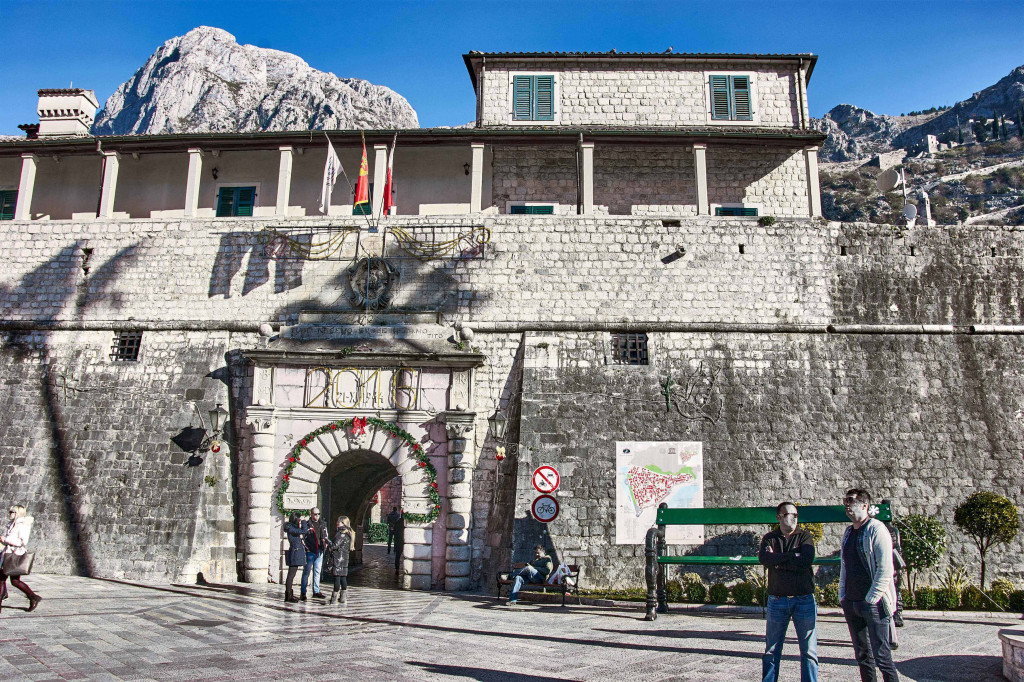
Kotor: A Blend of Breathtaking Views and Rich History
When we returned from Cetinje via the Kotor Serpentine, the roadside views left a lasting impression. It truly felt like one of the world’s most wondrous sights.
Kotor is not just about its beauty, but also its fascinating history. The town has gone by many names over the years, including Katareo, Dekatera, Dekaderon, and Katarum. While the exact origins are unclear, it is generally agreed that the Greeks were the first settlers. Under the Nemanjić dynasty from 1185 to 1371, Kotor reached its peak of prosperity as part of the Serbian state. Later, in 1918, the Bay of Kotor and Montenegro became part of Yugoslavia.
Throughout history, Kotor thrived on seafaring, artistry, weaponry, and goldsmithing. Notable figures, such as Fra Vito, the architect of the Monastery Dečani, along with countless sea captains, diplomats, publishers, and poets, helped make Kotor a renowned cultural heritage site.
Kotor’s Iconic Clock Tower: A Historic Landmark with a Storied Past
Kotor’s old town has three gates. We entered through the Sea Gate, the main entrance. Inside, we found a labyrinth of shady cobbled streets, peaceful squares, graceful old buildings, and narrow, dark alleyways.
One landmark you can’t miss is the clock tower, a true monument of Kotor. Built in 1602, it wasn’t completed when the 1667 earthquake struck. The tower tilted westward as a result, and despite efforts to straighten it, the tower remained at the same angle after the catastrophic 1979 earthquake.
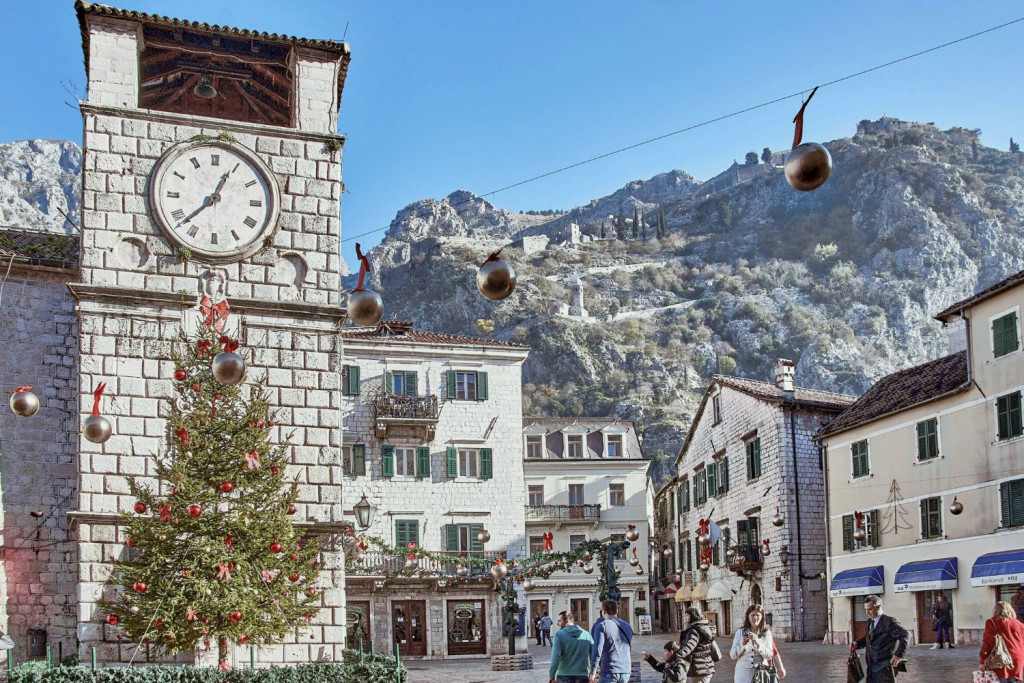
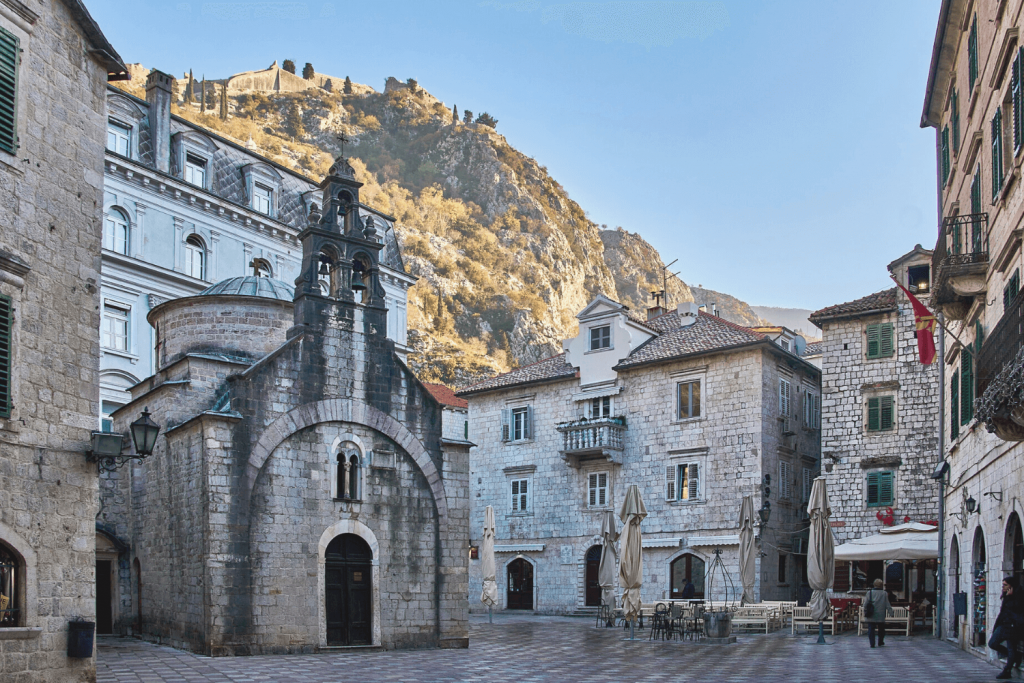
Kotor’s Rich Heritage: Exploring the Cathedral and Medieval Monuments
The Cathedral of Saint Tryphon (Sveti Tripun) stands proudly in the heart of a square. It is a testament to Roman culture and one of the city’s most iconic symbols.
Other notable monuments of medieval architecture include the Church of Saint Luke, Church of Saint Ana, Church of Saint Mary, and Church of the Healing Mother of God. You’ll also find the Prince’s Palace and Napoleon’s Theatre, each adding to Kotor’s rich heritage. One of the noble palaces now houses the Maritime Museum, offering a glimpse into the city’s storied past.
The Pleasant Atmosphere of a Timeless Medieval Gem
Kotor’s old town is steeped in natural and cultural history. It’s clean, charming, and full of character. Among the maze of narrow lanes, you’ll find bars, unique craft shops, cafes, and boutiques. The town exudes the essence of a medieval settlement, and the entire area is a pedestrian zone.
In the winter, some restaurants remain closed, and most people gather around the Square of Arms. Compared to Dubrovnik, Kotor is smaller and offers a less commercial atmosphere.
The old town has many stories to share. For just a few dollars, you can join the 1-hour Essential Walking Tour and hear these stories from the locals.
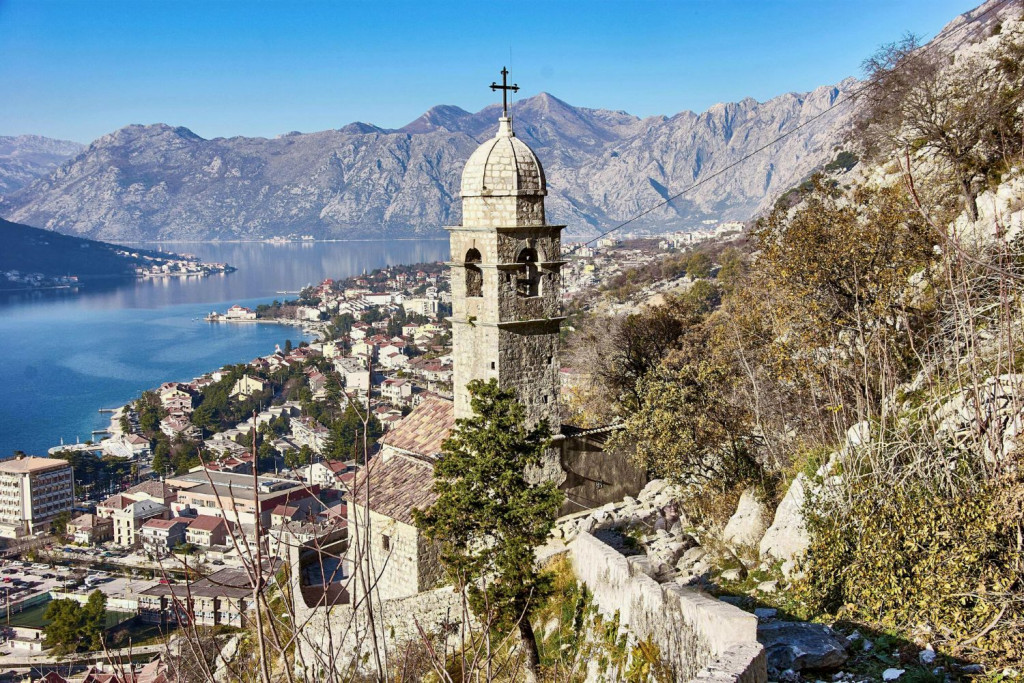

Climbing the Kotor City Walls: A Challenging Yet Rewarding Experience
We entered the upper city walls from Kotor old town. The wall, built on cliffs, is steep and challenging. The first part of the climb took about 15 minutes. We stopped for a short break at a chapel called Lady of Remedy. From there, we already enjoyed a glimpse of the bay view. The stone steps were mostly in good condition, but comfortable shoes are essential.
There are around 1,400 steps to the top. After a brief rest, we continued climbing. My breath came in short gasps due to the elevation, and a thin layer of sweat soon covered my body. Meanwhile, locals jogged up and down at a steady pace. It took nearly an hour to reach the top.
At the summit, we took a moment to catch our breath and marvel at the view of the old town and Kotor Bay. The daylight was perfect for capturing pictures of the town. In the late afternoon, we met a few more tourists on our way down. Though it was easier to descend, we still took precautions. I wouldn’t recommend this walk in wet conditions.
From a natural perspective, this part of Kotor is the best. Still, the fifth day of our Montenegro road trip was exhausting but unforgettable.
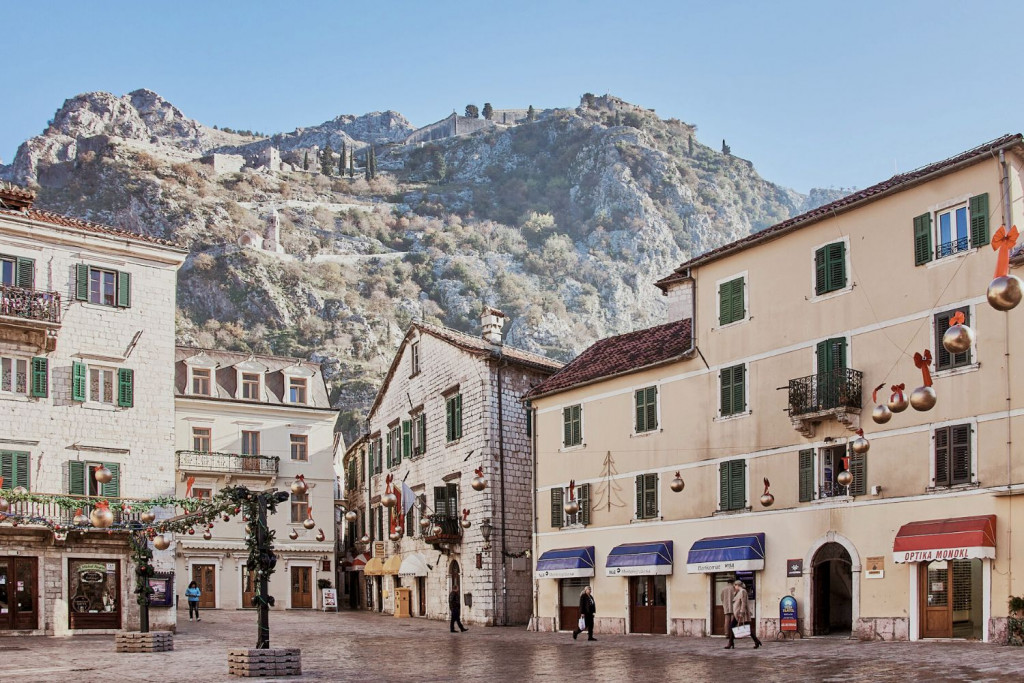
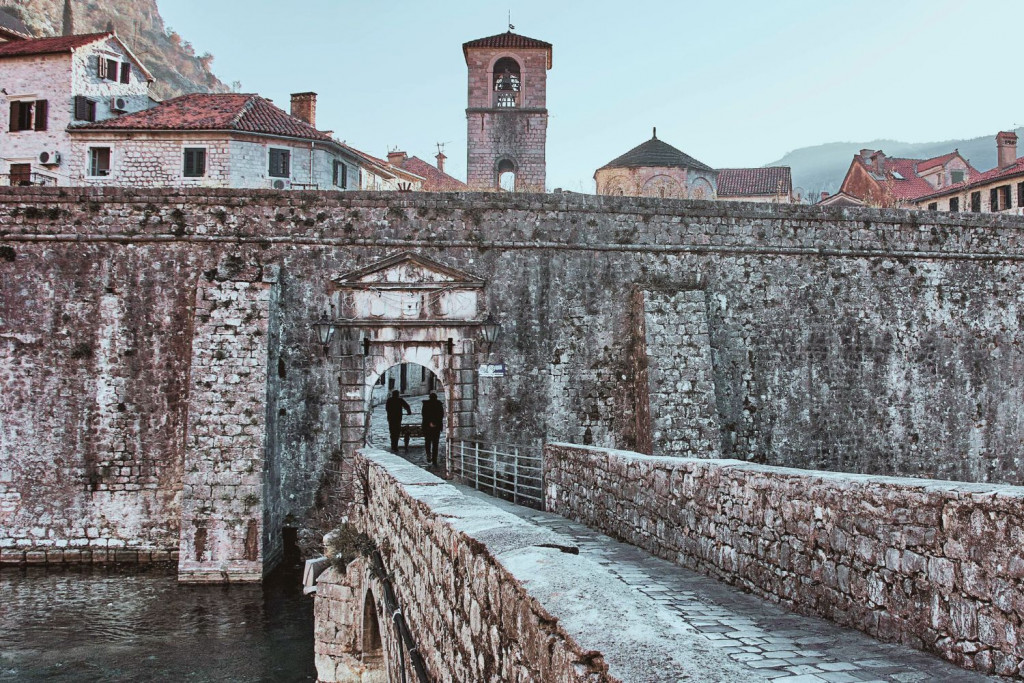
Travel tips
Book a tour
How to get there
If you arrive at Dubrovnik Airport, you can easily take a taxi to Kotor. From Tivat Airport, a taxi costs only a few euros. For those arriving at Podgorica Airport, buses to Kotor run year-round.
Buses connect Kotor to several cities, including Podgorica, Bar, Dubrovnik, Mostar, Split, Sarajevo, Belgrade, and Skopje.
Driving to Kotor is also an option from Montenegro’s capital, Budva, or neighbouring towns. Just be mindful of the speed limits.
